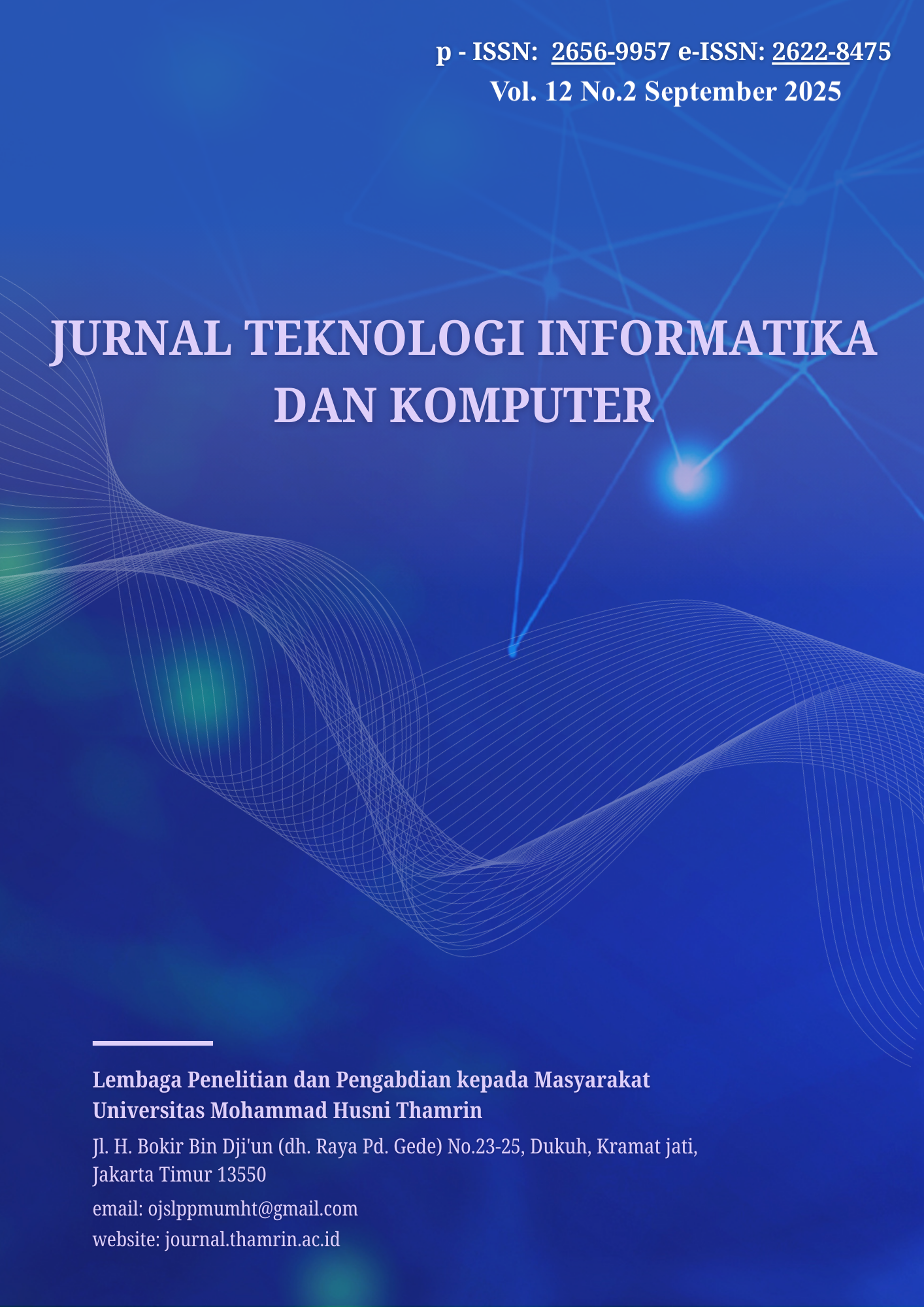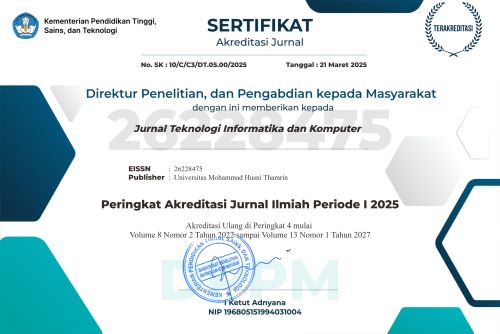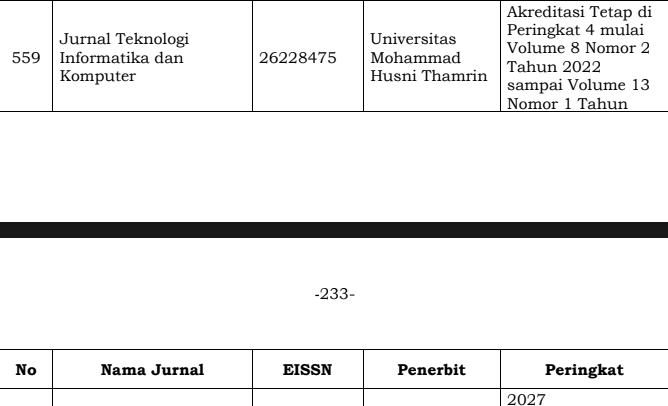UI/UX Design of Pratama Clinic Mobile Application Based on User Cultural Dimensions with User-Centered Design (UCD) Approach
DOI:
https://doi.org/10.37012/jtik.v11i2.2645Abstract
Digital transformation has brought significant changes to various sectors, including healthcare. Digital technology, particularly mobile applications, enables increased efficiency, accessibility, and service quality. In the context of digital healthcare, effective user interface (UI) and user experience (UX) design are key factors in increasing application adoption by users. This study aims to design a mobile application for Klinik Pratama using a User-Centered Design (UCD) approach and integrating local cultural values in Malang City to improve accessibility and user satisfaction. This study uses quantitative methods. Data collection techniques include in-depth interviews with respondents, participant observation, and prototype evaluation using the System Usability Scale (SUS). The cultural dimensions used include Power Distance, Collectivism, Uncertainty Avoidance, Masculinity vs. Femininity, and Long-Term Orientation, which are then implemented in UI design elements. The evaluation results show that the integration of UCD with a culture-based approach can significantly increase the application's usability value, with an average SUS score of 86.75 for patients, 87.5 for doctors, and 85.83 for administrative staff. All scores are included in the 'Good' category with a letter grade of 'B' based on the interpretation of the SUS standard. These findings confirm that a user-oriented design approach to culture can promote the inclusivity and effectiveness of primary digital health services through design strategies that are adaptive to local culture.
Downloads
Published
Issue
Section
Citation Check
License
Copyright (c) 2025 Ahmad Iqbal, Ahsanun Naseh Khudori, M. Syauqi Haris

This work is licensed under a Creative Commons Attribution 4.0 International License.
Jurnal Teknologi Informatika dan Komputer allows readers to read, download, copy, distribute, print, search, or link to the full texts of its articles and allow readers to use them for any other lawful purpose. The journal allows the author(s) to hold the copyright without restrictions. Finally, the journal allows the author(s) to retain publishing rights without restrictions Authors are allowed to archive their submitted article in an open access repository Authors are allowed to archive the final published article in an open access repository with an acknowledgment of its initial publication in this journal.

Jurnal Teknlogi Informatika dan Komputer is licensed under a Creative Commons Attribution 4.0 International License.












